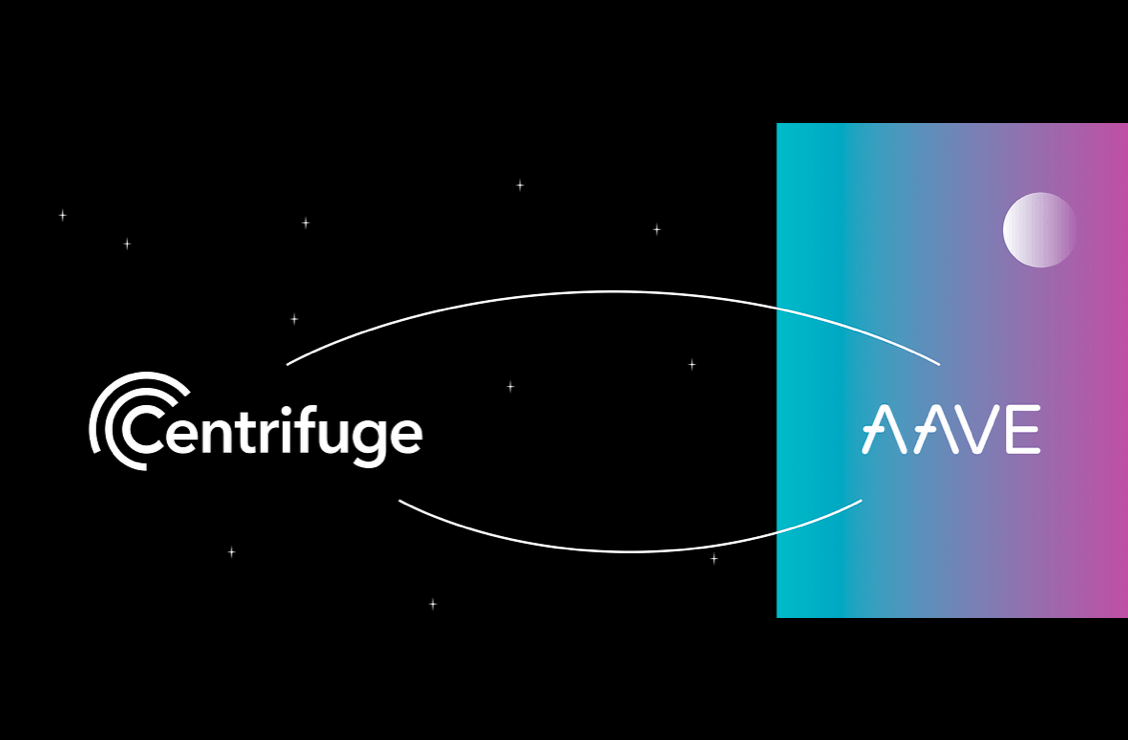
Bitcoin Trading Platform Find the Best Fit for You
Discover how to choose and use a Bitcoin trading platform. Learn features, fees, security, and strategies to trade smarter and safer...
If you’re serious about buying, selling, or actively trading Bitcoin, the single most important decision you’ll make is where to trade. A Bitcoin trading platform isn’t just a website with a price chart; it’s your gateway to liquidity, security, order execution, and the tools that determine whether you capture opportunity or miss it. With hundreds of options promising tight spreads, low fees, and advanced features, it’s easy to feel overwhelmed. This guide cuts through the noise, showing you exactly how a Bitcoin trading platform works, what features matter most, and how to use one for safer, smarter trading.
We’ll unpack core concepts like market orders, limit orders, derivatives, margin, cold storage, and two-factor authentication, then move into practical, step-by-step advice on setting up an account, funding it, and placing your first trades. Along the way, you’ll learn how to evaluate a platform’s reputation, safeguard your digital assets, and build a trading plan that fits your time horizon and risk tolerance. Whether you’re a casual investor or an algorithmic trader, choosing the right Bitcoin trading platform can boost your confidence and your results.
What Is a Bitcoin Trading Platform
A Bitcoin trading platform is a cryptocurrency exchange or broker that lets you buy, sell, and trade Bitcoin against fiat currencies like USD and EUR or other crypto assets like ETH or stablecoins. Under the hood, most platforms match buyers and sellers through an order book, where bids and asks meet at the current market price. Some platforms operate as brokers that route your orders to market makers, while others are full exchanges that host their own matching engine and liquidity pools.
Beyond basic buying and selling, a comprehensive Bitcoin trading platform offers charting, technical indicators, multiple order types, mobile apps, and API access for automated strategies. Security should be foundational, with features like cold storage, multi-sig wallets, address whitelisting, and KYC/AML compliance to reduce fraud and counterparty risk.
How a Bitcoin Trading Platform Works Behind the Scenes

When you place an order, it enters the platform’s matching engine. A market order executes immediately at the best available prices in the order book. A limit order sits in the book until the market reaches your price. More advanced platforms also support stop, stop-limit, trailing stop, IOC (immediate-or-cancel), and post-only orders that give you precise control over execution and fees.
Funding is equally important. You can deposit fiat via bank transfer or card, or send Bitcoin from your crypto wallet. Withdrawals work the same way in reverse. High-quality platforms streamline on-ramps and off-ramps, minimize downtime, and maintain strong internal controls so your digital asset balances remain accurate and accessible.
Core Features to Evaluate
Choosing a Bitcoin trading platform is about prioritizing the features that matter for your goals. The right mix will differ for a long-term holder versus an intraday trader, but several pillars apply to everyone.
The Non-Negotiable Foundation
Security should be your first filter. Look for cold storage for the majority of customer funds, two-factor authentication for account access, withdrawal address whitelisting, and anti-phishing codes in emails. Platforms that publish proof-of-reserves or undergo third-party security audits inspire confidence. A robust incident response history, transparent status pages, and clear custody policies indicate mature operations.
Liquidity and Volume Faster Fills, Tighter Spreads
Deep order books mean your orders fill quickly at competitive prices. A liquid Bitcoin trading platform typically shows narrow bid-ask spreads, smaller slippage, and stable performance during volatile periods. For active traders, liquidity can materially affect profitability, especially when trading larger sizes or using leverage.
Maker, Taker, and the Fine Print
Most exchanges use a maker-taker model. Makers place resting limit orders and often pay lower fees, while takers pay slightly more for immediate execution. Carefully review deposit, withdrawal, and network fees, as well as funding rates for perpetual futures. Small differences can add up over time, especially if you’re scaling a strategy on a Bitcoin trading platform with high turnover.
User Experience and Tools
Intuitive interfaces reduce mistakes. Prioritize platforms with clean order tickets, customizable charts, and reliable mobile apps. Native risk controls, price alerts, and portfolio analytics can elevate your decision-making. If you automate, check for robust REST and WebSocket APIs, sandbox environments, and clear rate limits.
Compliance and Transparency
A reputable Bitcoin trading platform takes KYC/AML seriously and communicates listing standards, custody arrangements, and regional restrictions. While decentralized exchanges exist, many traders prefer the accountability of regulated providers that follow clear compliance frameworks.
Choosing the Right Bitcoin Trading Platform for Your Goals
For Long-Term Investors
If you plan to buy and hold, you’ll value fee efficiency, security, and effortless fiat on-ramps over granular order types. A straightforward Bitcoin trading platform with auto-convert to stablecoins, easy recurring buys, and a trusted custody option can simplify your routine. You might still keep long-term holdings in a hardware wallet for maximum control.
For Active Traders
Active traders need low latency, advanced order types, margin, and possibly derivatives like perpetual futures. Look for a platform with strong uptime, co-located servers, and deep liquidity. Built-in risk management features—such as isolated margin, cross margin, and configurable leverage caps—help prevent liquidation cascades.
For Builders and Quants
If you code your edge, prioritize API performance, historical market data, and backtesting access. A Bitcoin trading platform with reliable WebSocket feeds, deterministic order-ID handling, and granular trade logs makes it easier to run bots and monitor behavior in real time.
Setting Up Your Account the Right Way
Registration and Verification
Create an account using a strong, unique password. Enable two-factor authentication immediately, preferably using a TOTP app rather than SMS. Complete KYC to unlock full functionality, including higher withdrawal limits and fiat access. A thorough verification process is a positive signal that the Bitcoin trading platform takes compliance seriously.
Funding and Withdrawing
When funding with Bitcoin, note the required network confirmations before balances are credited. For fiat funding, confirm bank transfer details and potential processing times. Before your first withdrawal, set up address whitelisting and test a small withdrawal to ensure the destination crypto wallet is correct. Taking these steps on any Bitcoin trading platform reduces friction later.
Also Read: Essential Professional Bitcoin Trading Tools: 12 Game Changers
Placing Trades From First Order to Advanced Tactics

Market vs. Limit Orders
A market order gives speed but risks slippage in thin books. A limit order gives price control but may not fill. For volatile sessions, some traders layer limit orders around key levels to avoid chasing. On a Bitcoin trading platform with deep liquidity, a mixed approach—market for small entries, limit for larger size—often works well.
Stop Orders and Risk Control
Use stop-loss orders to define maximum acceptable loss. Stop-limit or trailing stop orders can manage downside while allowing winners to run. Setting these at the time you enter a trade helps enforce discipline, which is essential on any Bitcoin trading platform where momentum can shift quickly.
Margin and Leverage
Leverage magnifies both gains and losses. Start conservatively and prefer isolated margin to contain risk to a single position. Monitor maintenance margin and be aware of funding rates on perpetuals, which can add costs or income depending on market direction. A careful approach to leverage is the hallmark of a resilient Bitcoin trading platform user.
Building a Strategy You Can Actually Stick To
Time Horizons and Styles
Match your strategy to your schedule. If you can only check charts once a day, focus on swing trading or dollar-cost averaging rather than scalping. If you enjoy rapid decision-making, develop a rules-based day trading plan, backtest it with historical data, and paper-trade before going live on your chosen Bitcoin trading platform.
Technical vs. Fundamental Inputs
Technical analysis—trendlines, moving averages, RSI, MACD, and volume profiles—helps with timing. Fundamental analysis—onchain activity, hash rate, miner flows, and macro events—can shape bias. Blend both. Even the best Bitcoin trading platform can’t compensate for a strategy that doesn’t fit your temperament.
Journaling and Review
Keep a trading journal tracking entries, exits, size, rationale, and emotions. Review weekly to spot patterns like overtrading or anchoring. Many traders improve more from ruthless self-assessment than from adding yet another indicator to their Bitcoin trading platform workspace.
Fees So You Keep More of What You Earn
Small frictions compound. If your Bitcoin trading platform charges 0.1% taker and 0.02% maker, shifting from market to limit orders could materially improve your net results. Watch for withdrawal fees and network congestion that may raise costs for moving funds. If you trade perpetuals, monitor funding rates because they can flip from positive to negative quickly, changing the economics of holding a position.
Staying Safe Best Practices for Account and Asset Security
Security is shared between you and the platform. Use hardware security keys where supported, enable 2FA recovery codes, and never reuse passwords. Beware of phishing—bookmark the official site, verify SSL certificates, and consider setting an anti-phishing code in emails so imposters are easier to spot. On any Bitcoin trading platform, enable withdrawal cooldowns and limit API keys to specific permissions with IP restrictions if you use bots.
Mobile Trading Power in Your Pocket
The best Bitcoin trading platform pairs a robust web terminal with a polished app. On the go, you should still see full charts, manage orders, and receive push notifications for fills or liquidations. Mobile convenience should never compromise security; keep your device updated, use biometric locks, and avoid public Wi-Fi for sensitive actions.
APIs, Automation, and Copy Trading
Programmatic access lets you systematize the edge. A mature Bitcoin trading platform offers WebSocket market data, REST order endpoints, and clear error codes so bots can handle retries safely. If coding isn’t your lane, consider copy trading solutions that let you mirror vetted strategies. Treat them as tools, not shortcuts; monitor performance and risk in real time and be prepared to disconnect if metrics deviate.
Derivatives, Options, and Managing Leverage
Beyond spot markets, many platforms offer perpetual futures, dated futures, and even Bitcoin options. Perps track spot closely but apply funding payments to balance long and short demand. Options introduce delta, gamma, and implied volatility considerations. If you use these products on a Bitcoin trading platform, start small, learn how liquidations and auto-deleveraging work, and keep leverage reasonable until you’re comfortable with the mechanics.
Regulation, Jurisdiction, and Tax Basics
Regulatory landscapes vary by country. A compliant Bitcoin trading platform will restrict certain products in specific regions and require identity checks before enabling fiat features. Keep thorough records of trades, deposits, withdrawals, and fees to simplify tax reporting. Many platforms offer downloadable trade histories and account statements that integrate with third-party tax tools. If uncertain, consult a licensed professional who understands crypto taxation in your jurisdiction.
Common Mistakes to Avoid
The fastest way to lose money is sizing too large, chasing volatility, or ignoring risk controls. Another frequent pitfall is hopping between exchanges without a system. Pick a Bitcoin trading platform, learn it deeply, and resist the temptation to change venues after a losing streak. Avoid storing all funds on any single platform; split balances between trading accounts and secure self-custody as appropriate for your needs.
Future Trends Shaping the Bitcoin Trading Platform Landscape
The next generation of platforms will feel more like financial operating systems than simple exchanges. Expect richer onchain analytics, native Lightning Network integrations for faster transfers, account abstraction for simpler custody, and smarter risk engines that adapt leverage to market volatility.
As institutions increase participation, you’ll likely see better market depth, more transparent proof-of-reserves, and clearer governance standards. The Bitcoin trading platform of tomorrow will blend performance, compliance, and user-centric design to make sophisticated trading accessible to everyone.
Putting It All Together
Choosing a Bitcoin trading platform is a strategic decision with long-term implications. Prioritize security, liquidity, fees, and a user experience that aligns with how you like to trade. Set your risk rules in advance, keep meticulous records, and commit to a feedback loop that refines your edge over time. With a thoughtful approach, the platform you choose becomes more than a place to click “buy”—it becomes a professional environment where your plan, tools, and discipline work together.
Conclusion
The right Bitcoin trading platform empowers you with speed, safety, and clarity. It makes funding and withdrawals simple, offers the order types you rely on, and scales with you as your skills evolve. By focusing on core pillars—security, liquidity, fees, and usability—you give yourself a durable foundation.
Layer in sound risk management, clear strategies, and consistent review, and you’ll be positioned to navigate volatility with confidence. No platform can guarantee profits, but a well-chosen Bitcoin trading platform can help you trade with precision, protect your capital, and make better decisions every day.
FAQs
What is the safest way to store Bitcoin after trading?
The safest method is self-custody with a hardware wallet, where you control the private keys. Many traders keep only the capital needed for active positions on their Bitcoin trading platform, withdrawing surplus to cold storage. Always back up your seed phrase, enable 2FA, and avoid sharing keys or recovery words online.
How much capital should I start with on a Bitcoin trading platform?
Start with an amount you can afford to risk without emotional strain. New traders often begin small to learn the interface, fees, and order flow. As you gain confidence and data from your journal, you can scale position sizes while maintaining strict risk rules on your chosen Bitcoin trading platform.
Are fees lower on spot or derivatives markets?
It depends on the venue, but maker-taker schedules often favor limit orders on both. Derivatives introduce funding payments that can add or subtract from costs. Compare published fee tiers and consider how your order style interacts with them on the Bitcoin trading platform you use.
Do I need KYC to trade?
Most centralized platforms require KYC for full functionality, especially fiat deposits and withdrawals. Completing verification usually increases limits and reduces friction. If privacy is a priority, research regional rules and weigh trade-offs before selecting a Bitcoin trading platform.
Can I automate my strategy?
Yes. Many platforms provide APIs for programmatic trading and webhooks for alerts. If you automate on a Bitcoin trading platform, apply IP allow-listing, principle-of-least-privilege on API keys, and thorough backtesting. Start in a sandbox or with minimal size before scaling to production.







